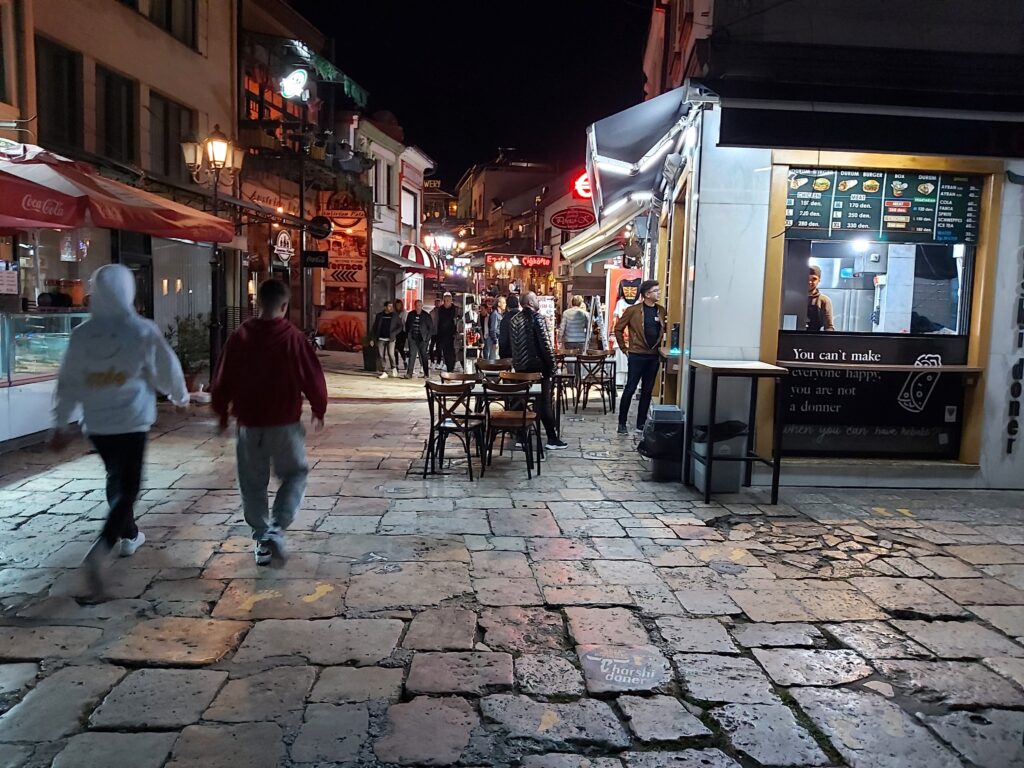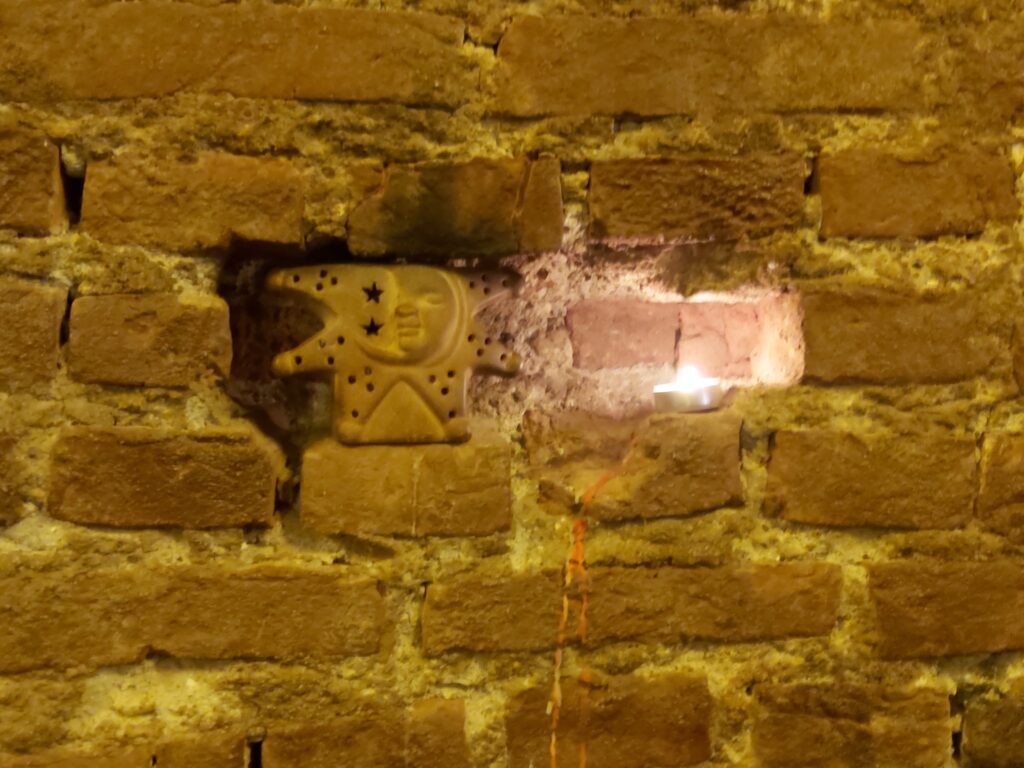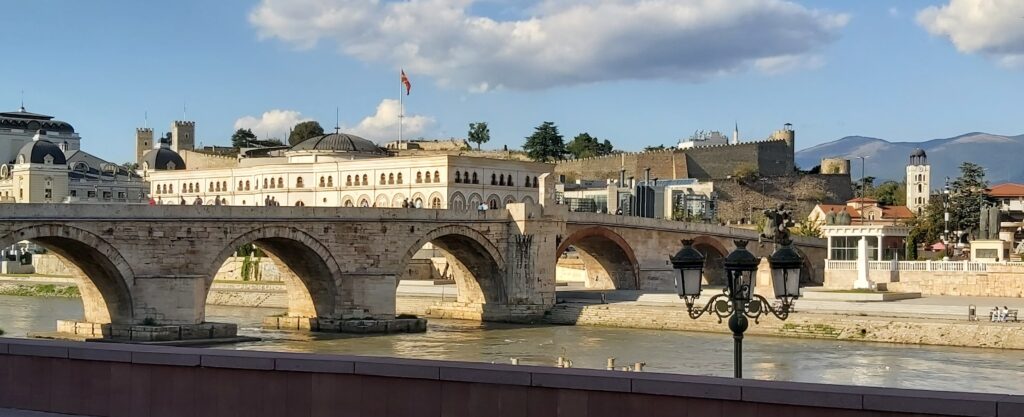People have been in the Balkans for quite a while. First, there were Neolithic Farmers, then everyone from Greeks, to Romans, to Ottomans, to Austrians, to… Oops, did I skip the Paeonians. Yeah, they are important to the story. Turns outs the ancient kingdom of Paeonia, which was north of the ancient kingdom of Macedonia, is here. Right here. As in North Macedonia.

It’s a bit of a mess. It’s confusing. It’s probably always been confusing. Suffice it to say that a bunch of peoples got lumped together for a bunch of reasons in a place we called Yugoslavia (which was created in 1918). Following WWII, Tito (Josip Broz Tito, the dictator not the vodka marker) started calling this area “The People’s Republic of Macedonia”, and later “The Socialist Republic of Macedonia.”
The Greeks did not like it. Turns out almost all of ancient “Kingdom of Macedonia” is in the Hellenic Republic. Should we call it Greece, would that be simpler? Others agreed with them, including the US. They felt that the name “Republic of Macedonia” reflected Tito’s unfriendly plans for Greece. “Hey, we’re just trying to unite the Macedonian people…”
In 1991, after the breakup of Yugoslavia, the folks here called themselves the “Republic of Macedonia”, because, well, that’s what they were called for nigh on 50 years. Greece objected, again, and the UN settled on a ‘provisional’ name of the “Former Yugoslavian Republic of Macedonia”. In 2018, everyone finally sort of settled on “The Republic of North Macedonia”, or “North Macedonia” for short.
I say everyone ‘sort of’ settled, because there is still a bit of angst of the name “Macedonia”. Today, it centers on the language, more than on the name of the country. Do they speak Macedonian? Greeks say “definitely not”. Bulgarians say “definitely not”. Linguists mostly said that they spoke a dialect of Bulgarian, until Marshall Tito got them to call it “Macedonian”. The language looks a lot like Bulgarian, but has several different letters.

As for the locals, they proudly (North) Macedonians. They are also friendly. Mostly speak English fluently. And have tiny feet. I wanted to buy some waterproof shoes now that it’s getting on towards winter. It was hard to find any shoes larger than a size 42, or size 9. I Wear a size 45 or 46, depending on the shoe.
And so, we are stuck here with a 70-year-old mess. Isn’t history fun?

From what I have seen of the country, it has got mountains. Looks like a good place for some outdoor adventure. Enjoy mountain biking, kayaking, climbing, cave diving, and hiking, but bring your shoes from home. The Capital, Skopje, is filled to 12-story apartment buildings, statues of Alexander and Mother Teresa (she was born in Skopje), restaurants, and shopping malls. On the north side of the Vardar River, you’ll find the ‘old bazaar’ filled with tiny building shops, bars, restaurants, lots of ice cream stands (they must love ice cream), and cats. It was the same in Bulgaria: cats are everywhere. They are mostly ignored by people, but never harassed. Cats wonder about silently, judging you, and hoping for a scrap of food dropped from a café table or sometimes given by the diner. If you’re allergic, you might avoid restaurants in the Old Bazaar.

All around you’ll find a strange mix of new construction and crumbling buildings. Brick applique popping off a concrete building (clearly dropping 10 stories to the ground) and rebar breaking free of concrete columns, and that’s just what I can see from the street. And plenty of new construction in government building and private sector. Who knows what this city will look like in 10 years.

So the statue of Alexander….. horses feet both in the air, let’s see what was the lesson you gave us in London about the statues?
There is a rule. No, not a rule. It’s not a rule, because most statues don’t follow it. Sculptors probably do whatever they think looks good. But, here goes: all four hooves on the ground, the person died peacefully; three hooves on the ground, the person died later from wounds suffered in battle; two hooves on the ground, the person died in battle. Alexander, by the way, did not die in battle, or from a wound, but rather he died from a disease. The actual disease is unknown, but thought to be typhoid, malaria, possibly alcohol, or even assassination (poison). A doctor in New Zealand thinks it might have been a neurological disorder known as Guillain-Barré Syndrome. So much for deciphering sculptures.
From that angle, it kinda looks like Alexander is riding a unicorn. You ARE visiting some pretty magical places!